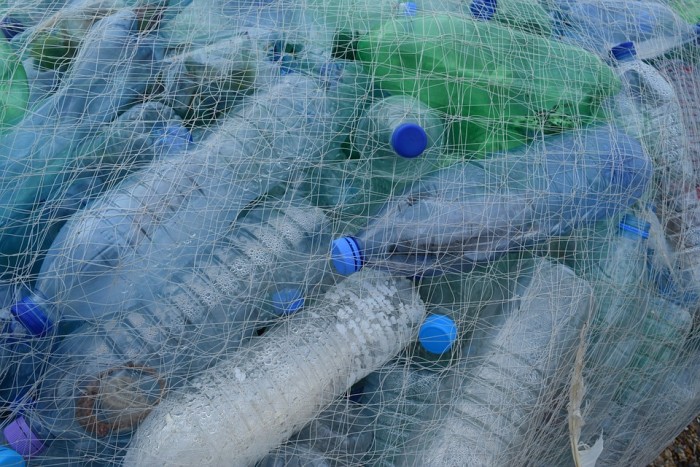From the Series

Around 300 tonnes of plastic products are made each year. Once discarded, these products linger in the environment, creating poisonous landfills, floating trash islands and endless streams of litter. Solutions to this problem include alternative recycling methods, upcycling and more. The most recent solution looks to turn the mounds of waste into fuel using a new, two-catalyst process.
According to a research paper published in the journal Science Advances, researchers from the USA and China have created a new recycling method that can be used to break down one of the most common types of plastic waste into usable fuel.
Speaking to the LA Times, Chemistry professor at the University of California at Irvine and one of the study’s senior authors Zhibin Guan says that plastics are able to survive in the environment for hundreds of years. One of the most common plastics, polyethylene makes up 60 per cent of plastic waste. Breaking down this plastic is a complex process that Guan and the rest of the team hope to streamline.
Teaming up with researchers from the Shanghai Institute of Organic Chemistry in China, the researchers reversed the chemical catalysts usually used to produce polymers. By doing this, the team found a way to break apart and rearrange the carbon atoms and hydrogen atoms that make up the polymer.
As this process is repeated, the structure of the polyethylene is changed into either a diesel fuel or a wax that can be used for industrial purposes.
The process uses significantly less heat at 175 degrees celsius compared to the usual 400 degrees celsius used to break down plastic. But, the process is slow and the catalysts are expensive.
The team is currently working on a way to make the technique more efficient.







